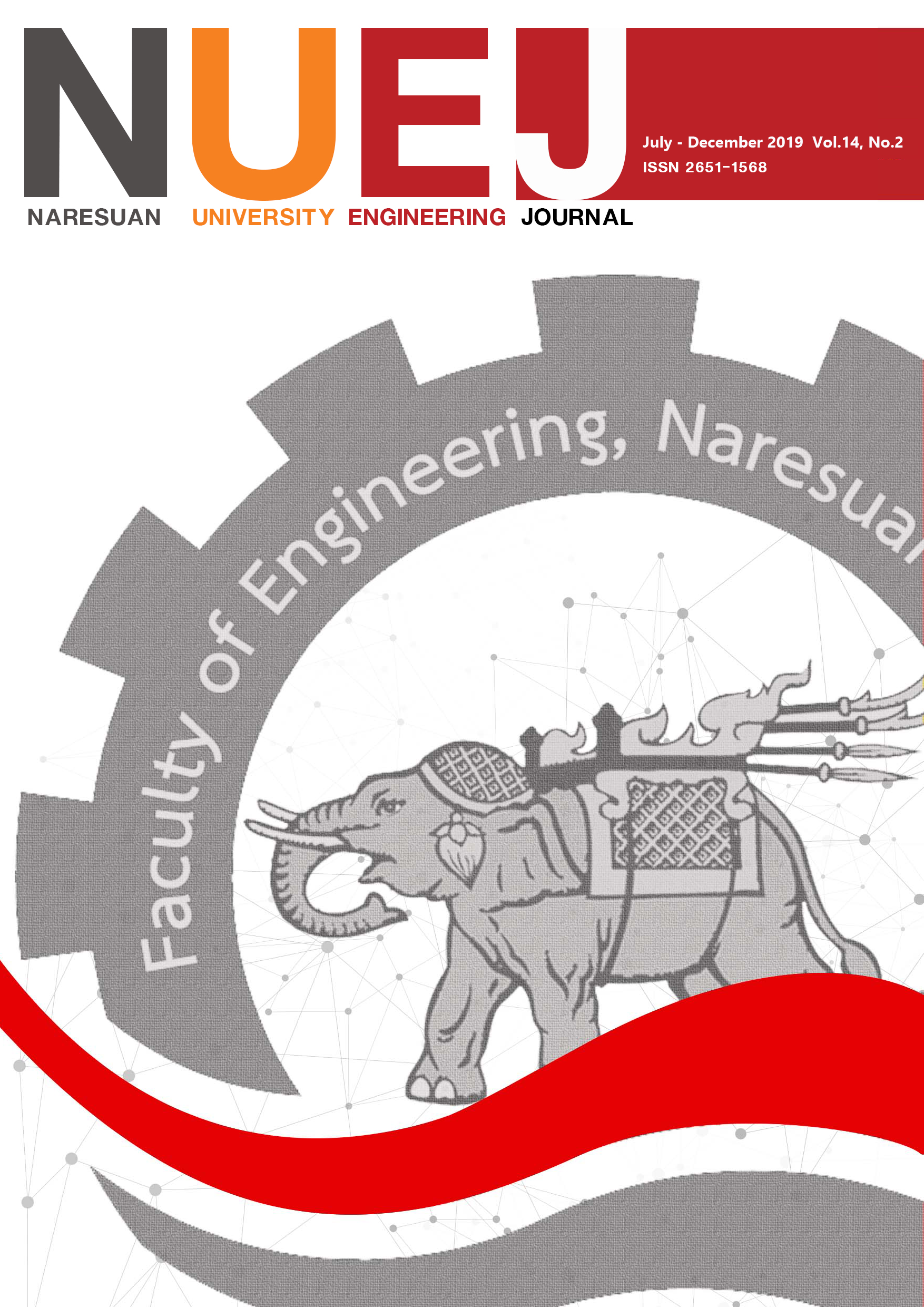Design of Production Planning Process for Thai Dessert Factory
Main Article Content
Abstract
Thai dessert production process is recognized as a very complicated process which contains many constraints. Generally, this process is classified as a job shop production. The selected factory has operated for more than 30 years. Furthermore, over 30 types of Thai dessert are produced. The major problem found relates with a current production planning process which strongly relies on planner’s experience. This planning method results in a relatively high makespan, which also causes a high production cost. The main objective of this research is to design a production planning process corresponding to a major characteristics and constraints of the selected factory. Moreover, this planning process is a combination and modification of many dispatching rules. To prove a performance of the designed production planning process, an experiment is conducted based on real demand data of the selected factory. A result of the experiment shows that the designed planning process can reduce a makespan by 113 minutes or 12.18% comparing with factory method. Additionally, this planning process can help long-processing time job to start earlier.
Article Details
References
Arisha, A., Young, P., & Baradie, E. M. (2001). Job Shop Scheduling Problem: an Overview. Technological University Dublin. https://arrow.tudublin.ie/cgi/viewcontent.cgi?
article=1085&context=buschmarcon
Baker, K. R. (1974). Introduction to Sequencing and Scheduling. John Wiley & Sons.
Chance, M. R. A. (1945). HEURISTIC METHOD IN RESEARCH. The Lancet, 245(6357), 828-830. doi:https://doi.org/10.1016/
S0140-6736(45)91921-0
Artigues, C., Demassey, S., & Néron, E. (2008). Resource-Constrained Project Scheduling : Models, Algorithms, Extensions and Applications. wiley.
Conway, R. W., Maxwell, W. L., & Miller, L. (2003). Theory of Scheduling. Addison-Wesley.
Xhafa, F., Abraham, A. (2008). Metaheuristics for Scheduling in Industrial and Manufacturing Applications. Springer Berlin Heidelberg.
Graves, S. C. (1981). A Review of Production Scheduling. Operations Research, 29(4), 646-675.
Haupt, R. J. O.-R.-S. (1989). A survey of priority rule-based scheduling. 11(1), 3-16. https://doi.org/ 10.1007/bf01721162
Mellor, P. (1966). A Review of Job Shop Scheduling. OR, 17(2), 161-171. https://doi.org/ doi:10.2307/3007281
Pairyai, P. (2006). Hybrid heuristic method scheduling for Job shop productions A case study : Gear factory [Master’s thesis]. King Mongkut's institute of technology north bangkok.
Pattanacharoen, P. (1998). Production planning by sequencing and scheduling for punch & dies factory [Master’s thesis]. Kasetsart University,
Ruiz, R. (2015). Scheduling Heuristics. https://www.researchgate.
net/publication/310486959_Scheduling_Heuristics
Sangarun, P. (2002). Production scheduling : the case study of compressor manufacturing [Master’s thesis]. Chulalongkorn university.
Tansuwannarat, N. (2548). Design of production scheduling method for food manufacturer A case study : Coca foods inter company [Master’s thesis]. King Monkut's institute of technology north bangkok.
Prachantasen, C. (2003). Production scheduling for make to order textile industry [Master’s thesis]. King Mongkut's institute of technology north bangkok.

